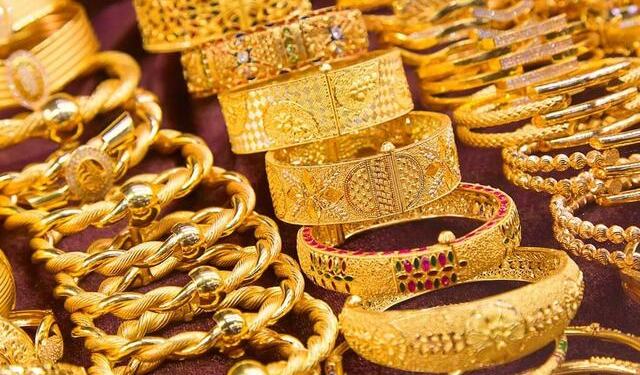A sign of the times: The rubber price has fallen to $1,500 per ton from the highest peak of $4,000-5,000 per ton gained in 2011.

Highway No 14, which connects Binh Phuoc district, was once covered by the green color of rubber trees. Rubber was compared to ‘white gold’ which brought prosperity to locals.
However, the situation is different now. Those who travel across Binh Phuoc, Tay Ninh, Binh Duong and Dong Nai may see bare and ragged rubber forests, and piles of felled rubber trees lying on the roads.
That is the consequence of the rubber latex price plunge, from $4,000-5,000 per ton in 2011 to $1,500 per ton now. There is no sign of the heyday returning.
While the production cost is $2,000-2,200 per ton, the selling price is not higher than $1,500. This is why many farmers have felled rubber trees and shifted to grow other crops.
According to the Ministry of Agriculture and Rural Development (MARD), in 2015 alone, about 6,000 hectares of rubber were chopped down.
While the production cost is $2,000-2,200 per ton, the selling price is not higher than $1,500. This is why many farmers have felled rubber trees and shifted to grow other crops.
Binh Phuoc and Tay Ninh, the localities, which pioneered the ‘rubber growing movement’, have also pioneered the ‘rubber devastation movement’.
However, though many rubber fields have been cleared, the total rubber growing area in Vietnam is still larger than the area planned by the government (1 million hectares vs 800,000).
With the scale, according to IRSG (International Rubber Study Group) and Economist Intelligence Unit, Vietnam now ranks third in the world in terms of rubber production.
The country is also facing the oversupply with the surplus of 147,000 tons in 2015.
In 2016, though Vietnam tried to control the output to avoid overproduction, it still has 3 million tons of rubber in stock, which is equal to 25 percent of total annual output.
Vietnam cannot cut down the output sharply to gather strength on clearing the inventory volume. Stopping the exploitation means letting rubber trees die.
Large-scale companies, especially the subsidiaries of the Vietnam Rubber Group (VRG) such as Dong Phu (DPR), Tay Ninh (TRC) and Phuoc Hoa (PHR) which can enjoy preferences in land access, have made heavy investments to develop their rubber fields.
DPR, for example, had poured VND800 billion by June 2016, into projects growing 6,300 hectares of rubber in Cambodia.
DPR’s investment rate per hectare of rubber is equal to 60-70 percent of the average investment rate. This, plus the cost control measures, help DPR have production costs lower than the selling price.
However, it is still more difficult to make profits from growing rubber. DPR’s financial report showed that it was not rubber trees but liquidation and financial investment activities which had brought its major income.



























